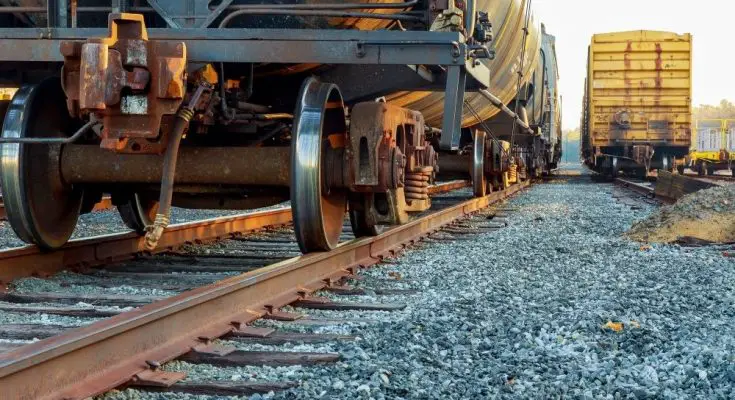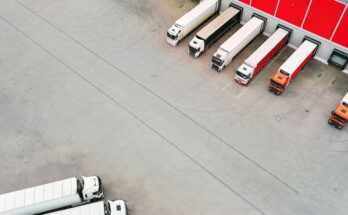Loading a railcar may not be something you need to do every day, but when you do, it’s always best to be prepared. While there’s plenty of equipment out there to make the job easier, you need to be aware of certain things, including how to stay safe, how to avoid accidents, and how to keep materials remain intact until they reach their destination. Here’s a selection of the best techniques for loading a railcar while keeping you and your coworkers unharmed.
Hold It!
Before you do anything, make sure the railcar can’t move. This can be accomplished by activating the manual brake on the car, locking it in place. Add chocks or blocks on either side of the wheels for extra security. They’ll prevent the railcar from rolling as you load it up. If several cars are connected to each other, activate the brakes, and place the chocks and blocks where they belong so they won’t slide into each other.
Pick a Monitor
Before you begin the process of loading and unloading the railcar, make sure someone can observe the process from a clear, safe vantage point. (They shouldn’t be on the railcar.) This spotter could be the supervisor or someone else—the main point is that you’ll have someone around to get help if anything bad happens.
Bright Lights, Big Safety
When you’re using a railcar mover, ensure the driver has been trained and certified in its operation and safety features. Do an all-points check on the lights, horn, bells, and other alert systems to ensure they’re working perfectly. This goes for all equipment employed in loading and unloading the railcar. Engage in periodic drills and instruction on the operation of all equipment and go through the steps of handling any potential emergencies. Make sure employees are certified in first aid and CPR and know who to call when help is needed and the information they must provide. Most importantly, ensure they have instruction in the specific types of railcars, how they’re loaded, and safety issues they should be aware of for each.
Keep It Clean
Here’s one of the best techniques for loading a railcar. Keep your area and equipment clean and in good repair, and report any discrepancies or faults with tools, transportation, or safety equipment. Create a culture of safety where everyone is accountable to everyone else and alert for conditions that could lead to impeded service, spoilage, injury, or loss of life. The best technique is an employee with a clear head and an informed mind.



